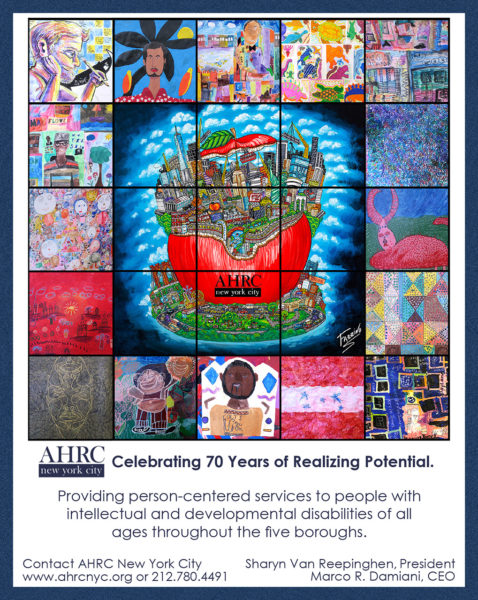As time progresses, so does technology. Whether it’s opening a door or setting an alarm as a reminder, technology has become more available and accessible, especially to individuals with intellectual and other developmental disabilities (I/DD). Technological advances have created an opportunity to increase a person’s independence and enable him or her to accomplish their goals on their own.

A 2013 study proved that, with iPod use and instructions, adults with moderate intellectual disabilities could use an ATM with 100% accuracy, compared to 25% accuracy prior to the introduction of the iPod.1 Using self-modeling videos created with the iPad, adolescents with autism and intellectual disabilities were able to improve their problem solving skills.2 However, these findings show that access to technology does not always ensure an increase in task completion or independence. Having resources available, such as prompts, guides or modeling examples on how to use technology is just as important as having the tech itself. With proper planning, use in technology can aid with increased independence among people with I/DDs.3
To aid with efficient use of technology, AHRC New York City’s Day Habilitation without Walls in Staten Island started a technology group. The bi-weekly meeting is designed for individuals seeking guidance in the use of mobile technology, including tablets, smartphones and laptops. While the tech used is primarily based on devices provided by families, AHRC NYC has provided technology to those within the group to ensure maximum access to devices. The devices were purchased through a New York State Balanced Incentive Program grant awarded to AHRC NYC.
“Access to mobile technology is one challenge for people with I/DD, but the bigger issues are the lack of adequate support and training,” said Marco Damiani, CEO of AHRC NYC. “Just like anyone else, they want to connect with friends on Facebook and other social media. They enjoy the sense of community.”

Charles Umaña
Group members suggest topics, which are based on their goals, inspirations, and desires. As the group’s instructor, I research their suggestions to find appropriate software/hardware that would be most beneficial. Recommendations are based on a combination of experiences of people in other programs, and their support staff. Applications are also found by the Individualized Technology Strategies Department, whose focus is bringing efficient use of technology to the people AHRC NYC supports.
Lesson plans for the group are based on the information obtained and covered in future gatherings, held at a community library. Started in 2015, the group’s topics have included employment, art, health and wellness, traveling, budgeting, stress relief and recreation.
The members of the group have changed over time, as some members move on to employment. The current group consists of a mix of old and new members.
“I like learning about apps like Google Maps and budgeting, and Fudget,” said Andrew Neuschaefer, a group member since 2016. “(The group) has helped me to learn about which apps to download.” Andrew uses his iPhone in the group. He keeps track of buses and trains on his phone while commuting in the community during program hours.
Jaclyn Tirone joined the group in 2018. “I like it. It’s fun listening and talking about apps,” Jaclyn said. She primarily uses her iPhone, but also has an iPad at home. Jaclyn enjoys using photograph apps such as Prisma, and she’s improving her reading with applications like Newsela. “Newsela helps me look at news.”
Mobile tech devices have allowed for greater access to the world and the opportunity to become more independent. These devices have become the “Swiss army knife” of technology, with applications and software being readily available for matters of any kind. With proper guidance and support, like groups mentioned above, people of all abilities would have the potential to reduce their hurdles and challenges. Having access is important, but having groups for growth is the next step for bridging gaps to independence.
Charles Umaña is a Technology Deployment Specialist/Trainer for AHRC New York City with over 10 years of experience working with technology in collaboration with people with I/DD and their supporting staff.
Footnotes
- Scott R., Collins B., Knight V., & Kleinert, H (n.d.). “Teaching Adults with Moderate Intellectual Disability ATM Use via the iPod”
- Schaefer Whitby, P. J. (n.d.). “The Effects of Solve It! on the Mathematical Word Problem Solving Ability of Adolescents with Autism Spectrum Disorders”
- Hickson, L., & Khemka, I. (n.d.). “Independent Review of BIP Innovation Project Outcomes”





